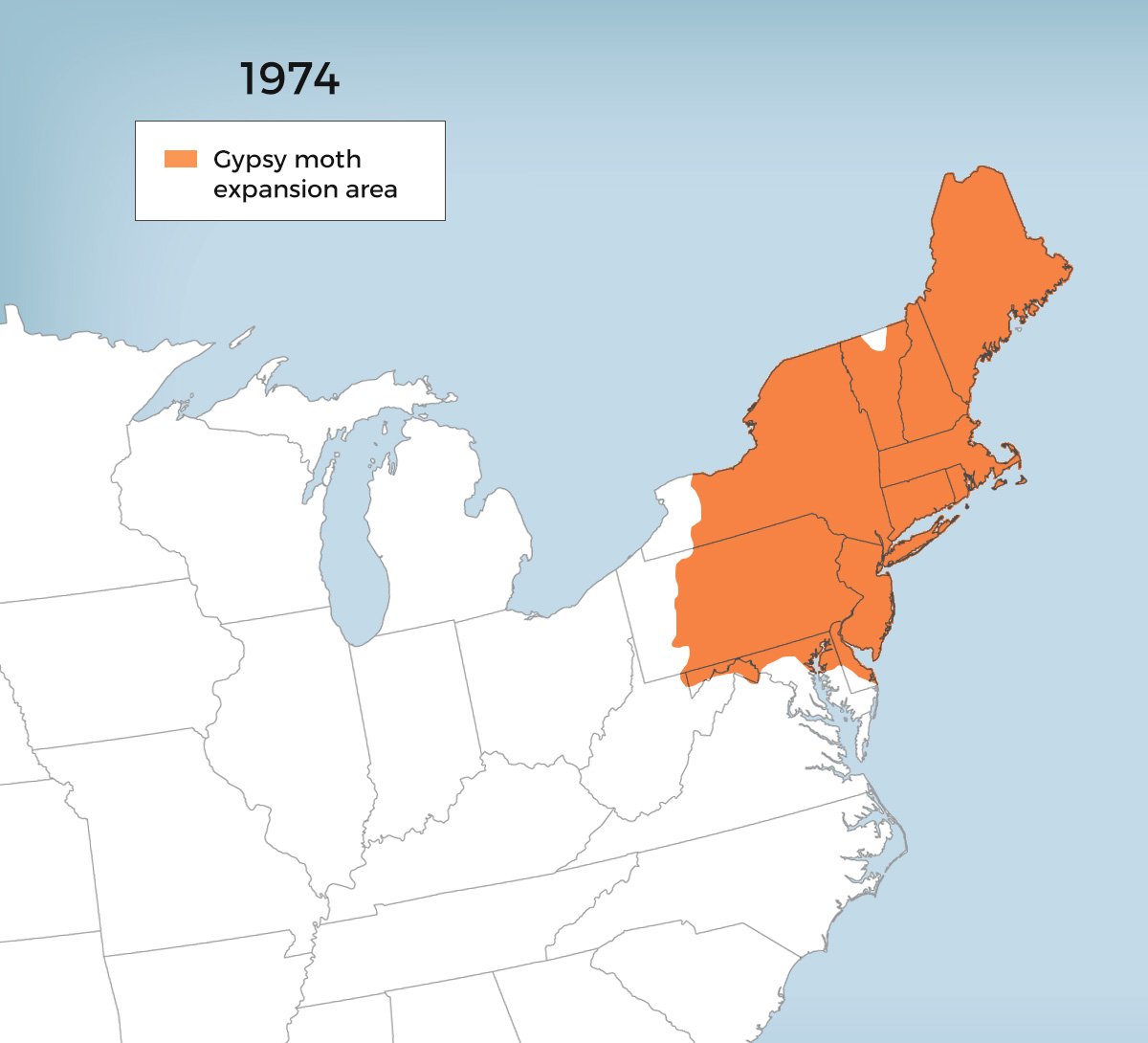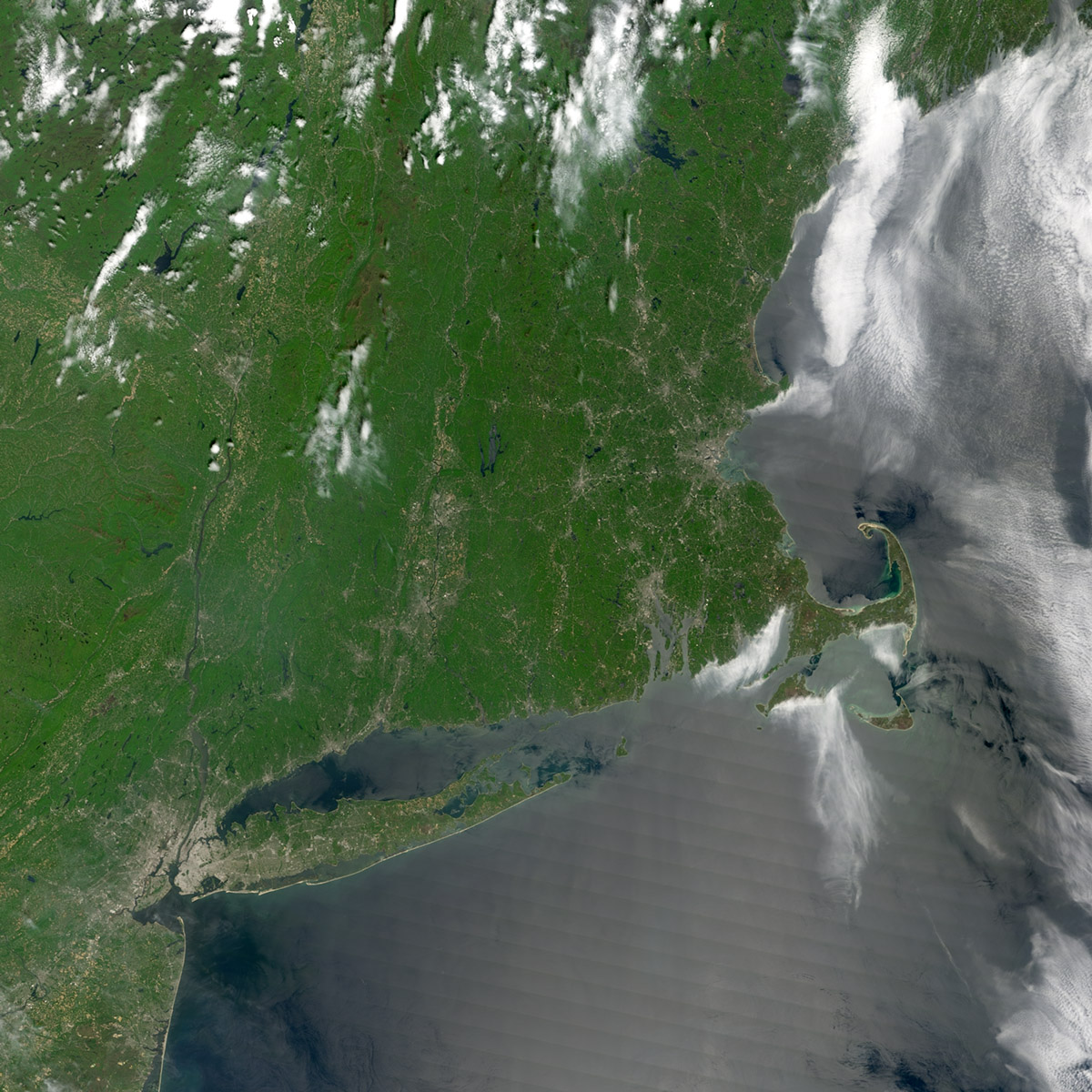
Gypsy Moths
Introduction
Caterpillars and moths, found all over the world, generally seem like gentle and harmless creatures. However, invasive moth species have led to outbreak infestations that have killed trees and altered ecosystems. By itself, one single moth has little effect on its ecosystem. But an entire population of these insects can have an enormous impact.
The gypsy moth is one species that has had a major impact in areas it inhabits natively and in non-native regions. This moth species has spread significantly since it first appeared in the United States.




Escape and Expansion
The gypsy moth is native to much of Europe and Asia. It was first introduced in the United States in the 1860s by Étienne Léopold Trouvelot, a French-American artist. Trouvelot was also an amateur entomologist, a scientist who studies insects. Trouvelot brought many gypsy moth eggs into the United States for the purpose of studying them at his home in Massachusetts. Some of the larvae accidentally escaped into the woods and shortly thereafter a gypsy moth invasion erupted.

- 1900
- 1960
- 1974
- 1985
- 1998
- 2007
Gypsy moths feed on a wide variety of trees and shrubs. Major masses or heavy infestations of the moth can lead to significant defoliation, or removal of leaves, in the region. When the moths devour tree leaves, trees become weakened and more prone to disease. With fewer leaves, trees struggle to photosynthesize enough to sustain healthy growth and development. If major defoliation occurs over several years, the result is tree death. Oaks are one of the most impacted tree species.
Next Steps
Research to combat the outbreaks of gypsy moths led scientists to discover that a certain fungus, called Entomophaga maimaiga, kills the caterpillars before they mature and become moths. This fungus, which is native to Japan, was introduced to the United States to contain the gypsy moth population. Though it has been an effective strategy, it will likely never fully eradicate gypsy moths.
Without a definite solution to stop the gypsy moth, outbreaks and defoliation will likely continue across the northeastern United States. If left unchecked, researchers believe they could spread to over half of the continental US in the very near future.







